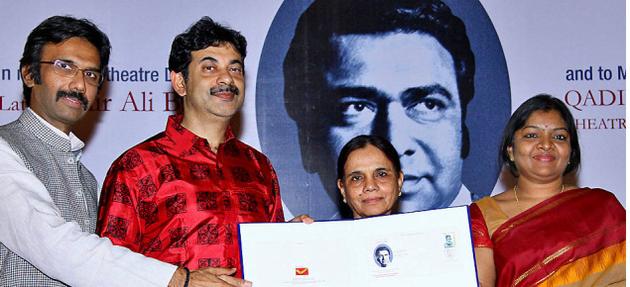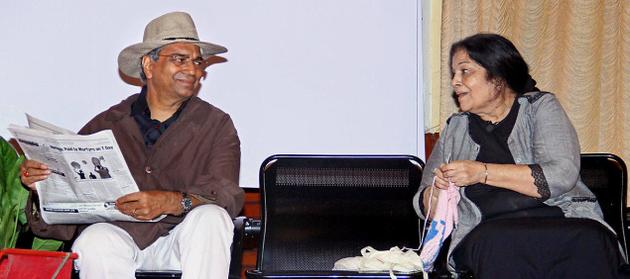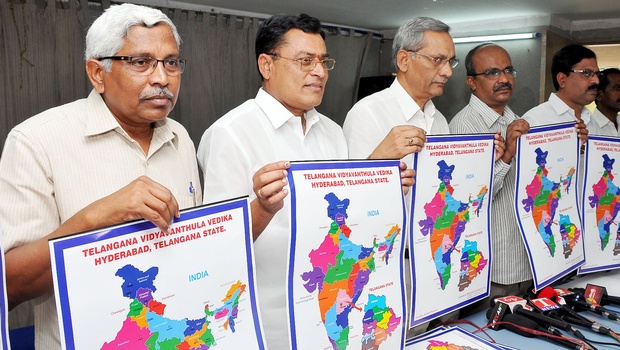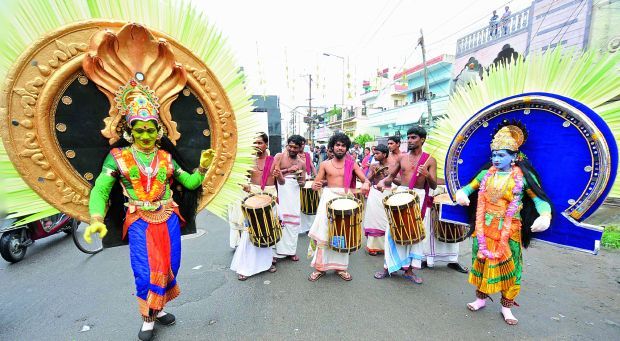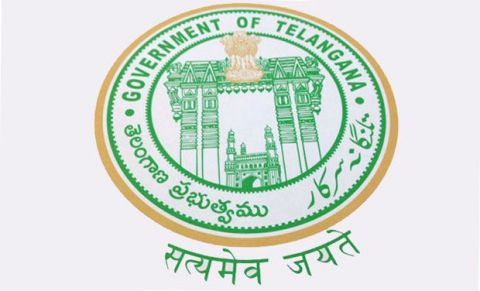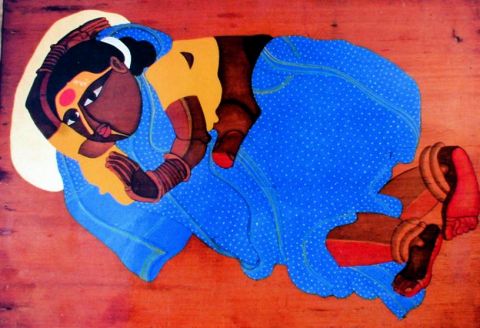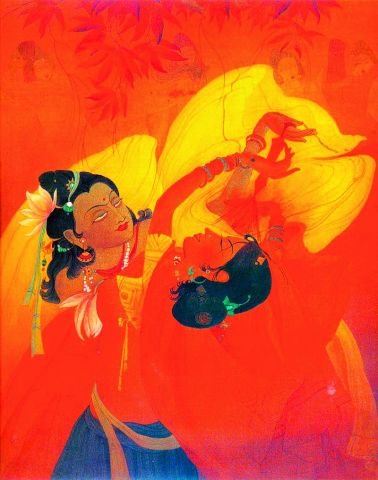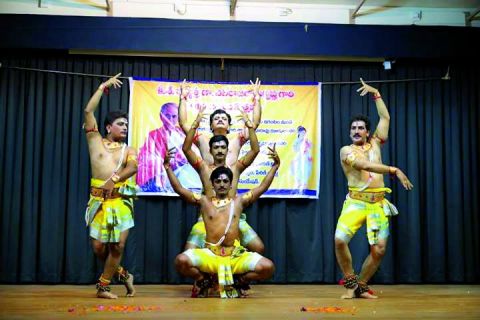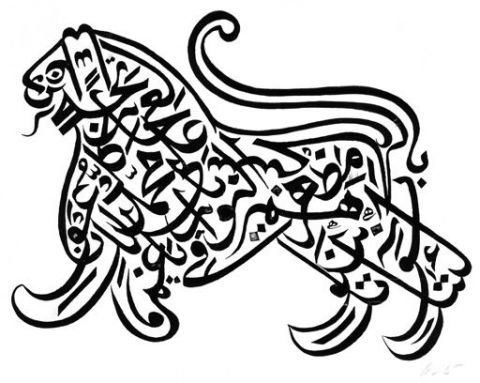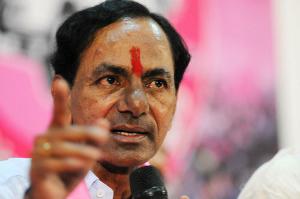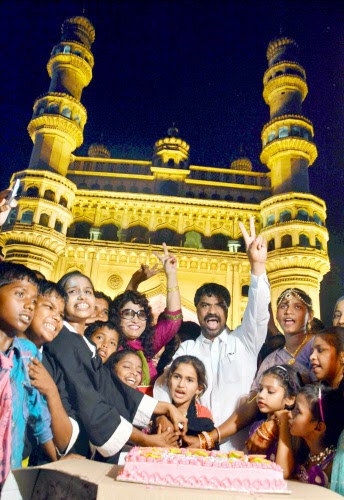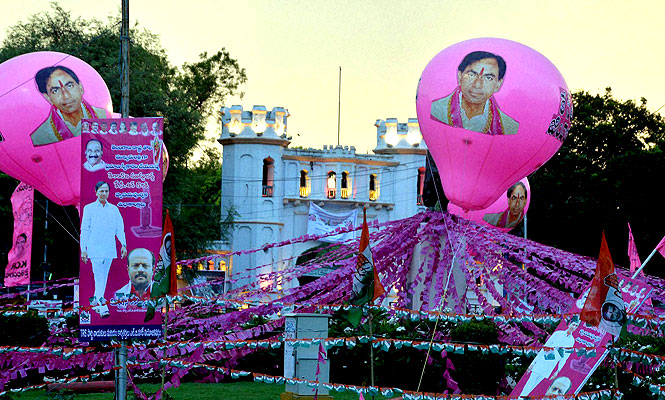Hyderabad :
TRS legislator from Bhoopalapalli,S Madhusudanachari, will be named speaker of the Telangana Assembly on Tuesday as all parties, including the Congress, TDP, YSRCP and Left parties unanimously supported his candidature on Monday.
Pro-tem speaker K Jana Reddy will announce Madhusudanachari’s election in the Assembly after two MIM members – Akbaruddin Owaisi (Chandrayanagutta) and Mumtaz Ahmad Khan (Yakutpura), both of whom were not present in the House on Monday – take oath on Tuesday.
Even as the ruling TRS is looking to nominate its Medak legislator Padma Devender Reddy to the deputy speaker’s post, TDP floor leader Erraballi Dayakar Rao told TOI that the opposition parties were demanding the post for one of their members. Sources said the deputy speaker issue will be decided at an all-party meeting convened by chief minister K Chandrashekar Rao on Tuesday.
A student of Kakatiya University, 58-year-old Madhusudanachari is a post-graduate in English literature. He joined active politics in 1982 and was TDP MLA from Bhoopalapalli between 1994 and 1999. He is one of the founder members of the TRS when it was launched in 2001. Contesting on the TRS ticket, he lost to Gandra Venkataramana Reddy of the Congress in 2009. However, he trounced Reddy in the just concluded Assembly polls.
“It is a great honour to be the presiding officer of the first Assembly of Telangana. I will discharge my duties with a sense of balance,” Madhusudanachari told TOI. When he filed his nomination at Assembly secretary Raja Sadaram’s chamber, Madhusudanachari was accompanied by the CM and the leaders of the opposition parties including J Geeta Reddy (Congress), Dayakar Rao (TDP), P Venkateswaraulu (YSRCP), Sunnam Rajaih (CPM), and Devarkonda Ravindra (CPI).
Earlier in the day, governor ESL Narasimhan administered the oath to Jana Reddy as pro-tem speaker at Raj Bhavan at 9.30 am. The first day session of the Assembly was convened at 11 am when 117 of the total 119 members took oath. While most of them took the oath in Telugu in the name of God, some like Geetha Reddy (Congress), Padmvathi Uttam Kumar Reddy (Congress), Rekha Naik (TRS), and Shakeel Ahmed (TRS) preferred to take it in English. All MIM members stuck to Urdu, while Raja Singh (BJP) was the only member to take the oath in Hindi.
The House was adjourned at 1 pm following which the CM convened a meeting with the floor leaders of the opposition parties to arrive at a consensus over Madhusudanachari’s candidature as speaker. Tuesday has been earmarked for the election of the speaker and deputy speaker while the governor is scheduled to address the joint session of the Assembly and Council on Wednesday.
On Thursday, the House will take up the debate on the motion on vote of thanks to the governor when the opposition members are expected to take the government to task over the farm loan waiver scheme.
source: http://www.timesofindia.indiatimes.com / The Times of India / Home> City> Hyderabad / TNN / June 10th, 2014
